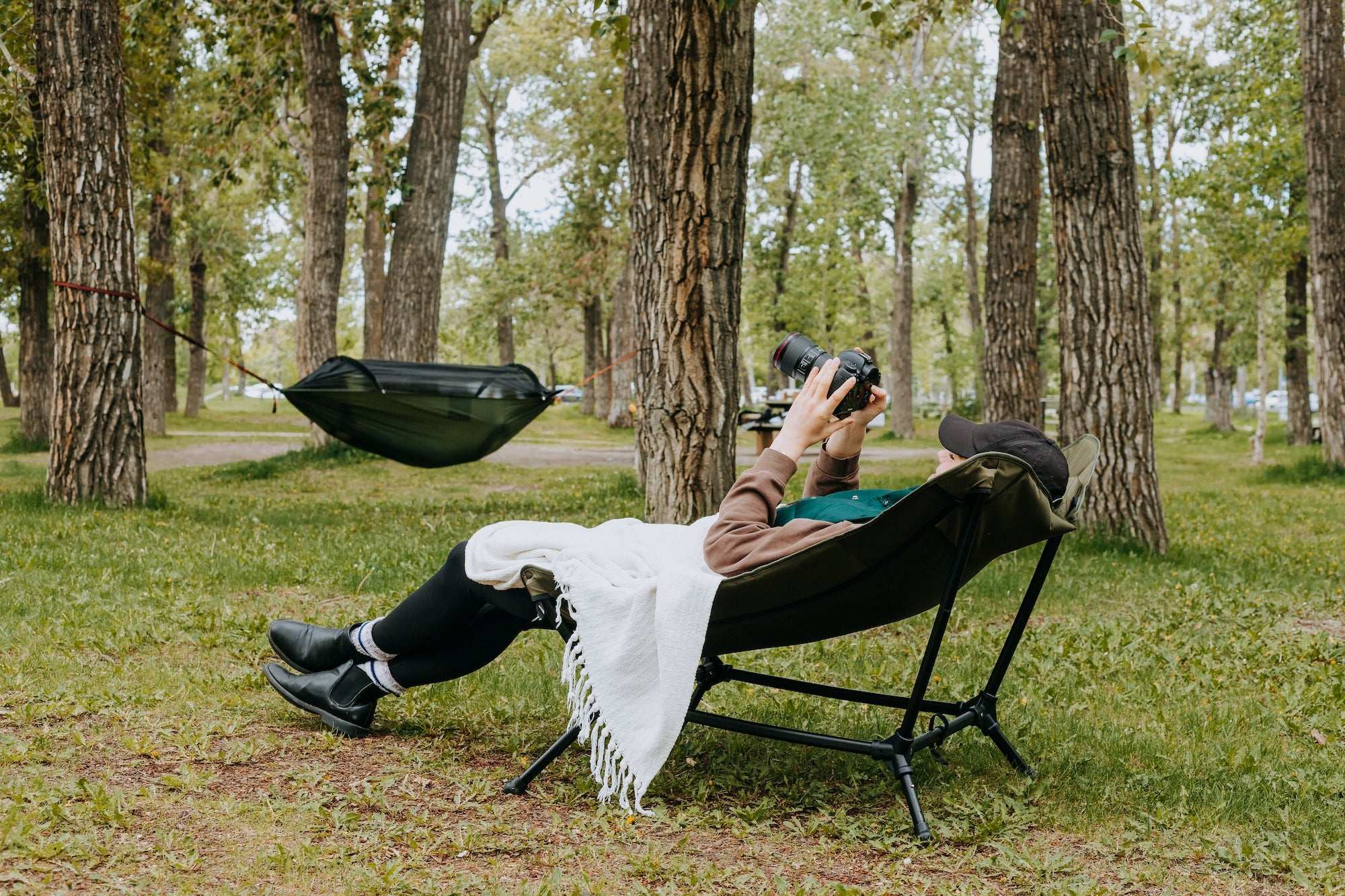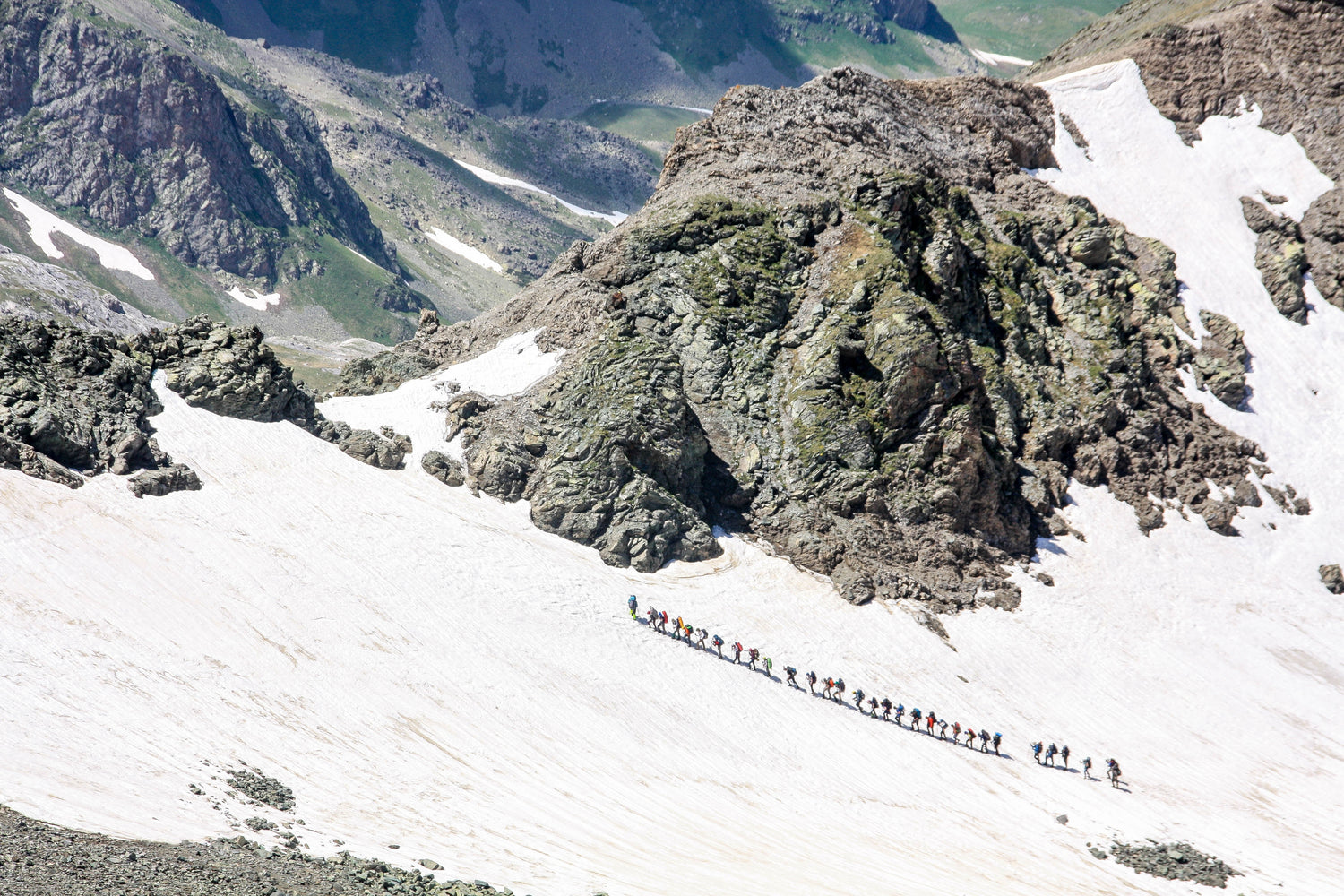Going for a winter hiking trip requires a little more preparation than going for a hike any other time of the year – including some serious thinking about what to do about winter weather and winter traction. Here are a few practical tips for getting the most out of your next hiking trip during the coldest months of the year.
Tip #1: Dress in layers
As a general rule of thumb, it’s best to dress in at least three different layers. The layer closest to your skin should help to wick away moisture, the middle layer should help to keep you warm and comfortable, and the outer layer should provide a barrier against precipitation. When combined together, these layers will help your body regulate its temperature and stay comfortable. Your best bets here include a fleece layer and a soft shell jacket.
Tip #2: Make winter traction a priority
It’s impossible to overstate just how important it is to have the proper traction while on a winter hike. Your hiking boots might look like they can hold up in snowy weather, but the reality is that they provide little or no traction on icy surfaces. And, if you’re planning on hiking during the winter, you will inevitably come across ice on your trail. That’s why most experienced hikers will pack along a pair of ice spikes or trail crampons as a necessary precaution. The key to winter shoe traction is being able to slip these ice spikes on and off very easily, and then tote them away when they are no longer needed. If you are planning a trip that involves any type of change in elevation or any hiking uphill, you should know how to use trail crampons.
Tip #3: Pack along some extra safety gear
Even if the weather looks like it will be sunny when you first wake up in the morning, you can never be certain about fast-moving winter storm systems. Thus, it is important to make safety gear a priority during any winter hike. Key items that you should include on your packing list are a Swiss Army knife, a compass, a first-aid kit, and a trail map. Some people even include flashlights or headlamps, just in case they get stuck on a trail at night.
Tip #4: Don’t forget about your feet and hands
In cold winter weather, your hands and feet will get colder before any other part of your body, so you will need to take special steps to protect them. Some experienced winter hikers, for example, advise wearing two layers of gloves – one helps to keep out snow and ice, and the other helps to insulate and keep your hands warm. For your feet, it’s best to think in terms of heavier, weatherproof socks that keep moisture from accumulating in your boots or shoes.
Tip #5: Adjust distance and difficulty for wintry weather
One thing to keep in mind is that wintry weather could lead to inaccessible roads, trails that have been covered by snow (or falling debris), and slippery surfaces. Add in the fact that daylight hours are much shorter, and it makes sense to scale back the distance and difficulty of your typical hike. An easy 5K hike in summer might turn into an arduous trek through snow and ice in freezing temperatures during winter.
**
Just remember, high-quality winter gear can make any winter hike more enjoyable. From winter fleece vests and soft shell jackets to ice spikes and hiking socks, having the right equipment can lead to a safer, more comfortable winter hiking experience.





Leave a comment
All comments are moderated before being published.
This site is protected by hCaptcha and the hCaptcha Privacy Policy and Terms of Service apply.